
ABOUT US
PlotPoint
What's PlotPoint
PlotPoint is the newest way to find your next read. We want to meet users where they are, from every background and at every reading level. In such an oversaturated media environment, many recommendations repeat in an echo chamber, usually in the romance and fantasy genres. We've found that people still rely most on word-of-mouth from in-person relationships, but we want to bring these trusted, taste-driven recommendations to the digital sphere.
We invite you to complete our Survey to tell us about your reading habits and what features you might want to see in our final product. We've also researched existing reading communities and book-tracking platforms in a Competition Analysis.
Keep scrolling to learn more about our team and our driving purpose.
ABOUT US
OUTLINE
the community behind plotpoint
As avid readers ourselves, the team behind PlotPoint became a member of almost every book community platform you could imagine - Goodreads, Storygraph, social media apps like Tiktok, and etc. And one thing that kept reflecting back on our screens, were the same titles that already existed in our bookshelves. And they continued to pop up, over and over again.
So, we got together and started to do some digging. We conducted interviews with book community members, distributed a wide survey, and did a competition research analysis. After tapping into our book community more thoroughly, we found one general theme that every reader had echoed back to us, which was; there was an unfulfilled need for an intuitive, taste-driven platform that brings diverse and personalized recommendations to readers. So, this got us to thinking, how might we meet readers where they are to bring them more diverse & personalized book recommendations?
Thus, PlotPoint was born. PlotPoint is a book dating app, in which users are able to swipe right on books they find interesting. There, the algorithm on the app will tailor to the user's interests and curiosity. However, what will distinguish ourselves from any other algorithmic app, is that we will push to fulfill the gap there is in the book community, which is the need for diverse book recommendations. We plan to do this by highlighting books that are written by POC authors, and placing badges on those books so users can identify them, and doing the same with books that feature characters of LGBT+ identities. We plan to do similar things with other features about books that users would most want to see first.
At the heart of this, PlotPoint is built by the book community, and ran for the book community.

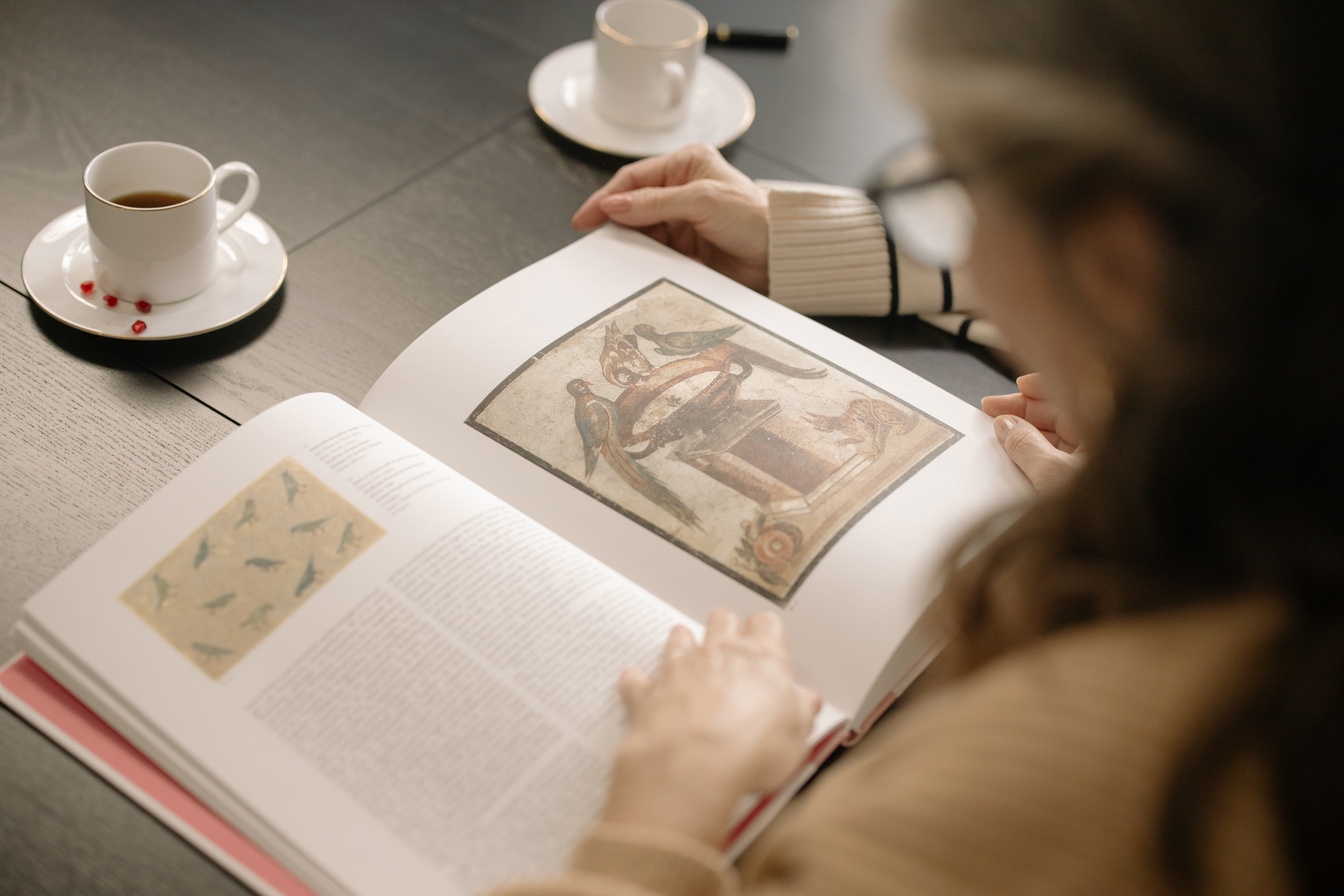
ABOUT US
Meet Our Team
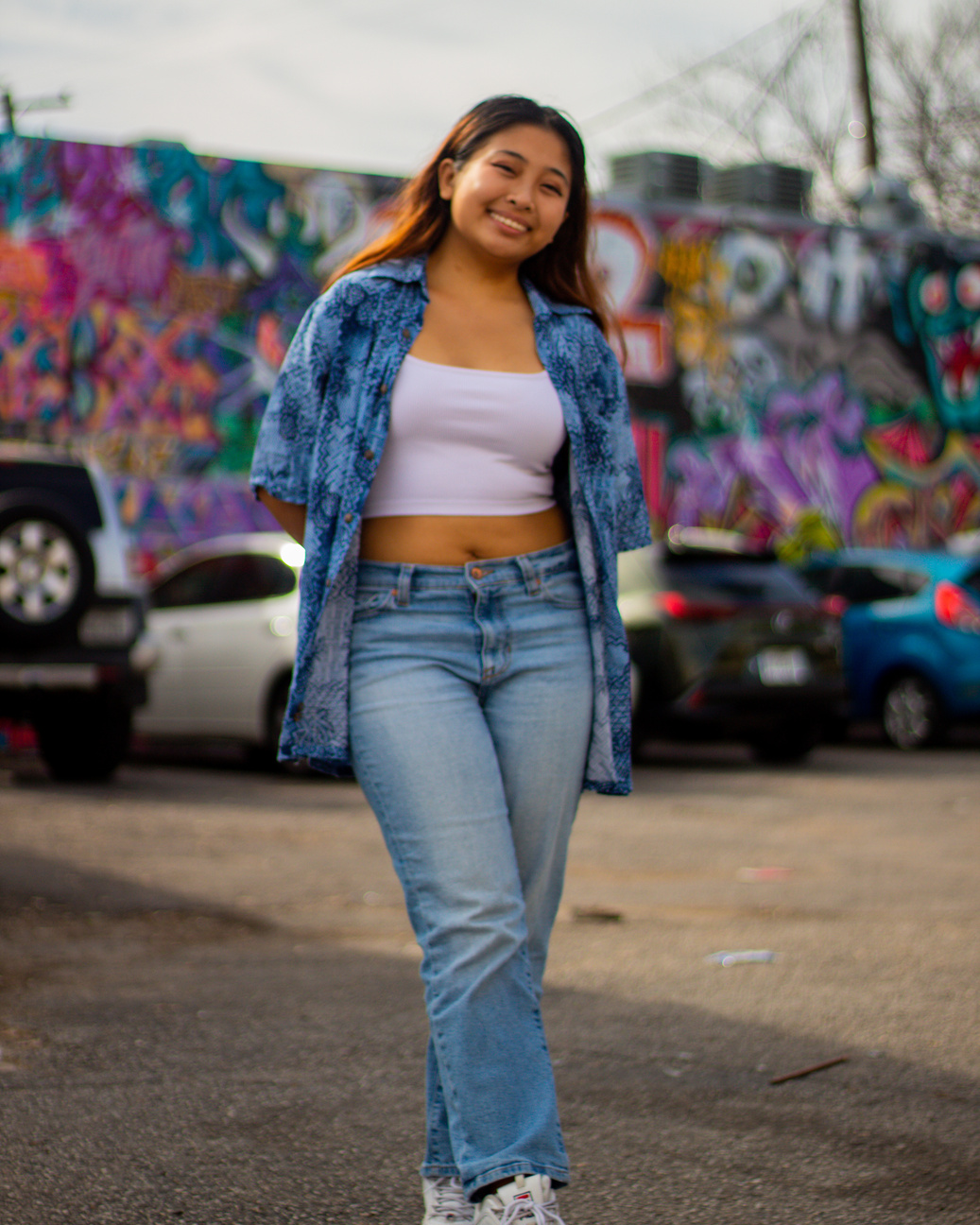
Shaina Jaramillo
Year:
Senior
Major:
Journalism and Corporate Communication
Favorite Book:
Speak by Laurie Halse Anderson

Emily Flores
Year:
Senior
Major:
Journalism
Favorite Book:
On Earth We're Briefly Gorgeous by Ocean Vuong
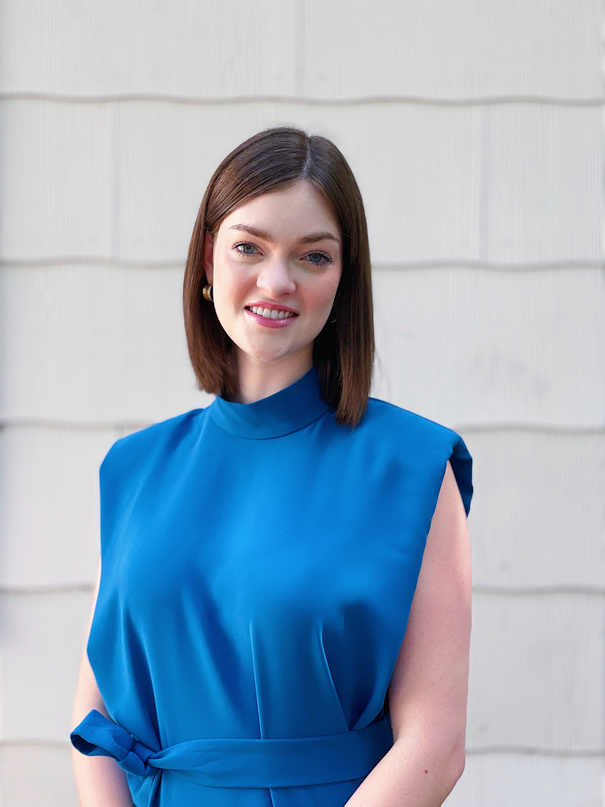
ELiza Pillsbury
Year:
Senior
Major:
Journalism and Plan II
Favorite Book:
The White Album
by Joan Didion
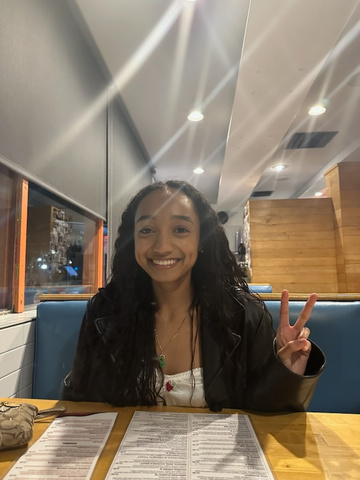
Maile Allen
Year:
Senior
Major:
Government and Journalism
Favorite Book:
Battle Royale
by Koushun Takami
Initial Product Pitch
Diving Into a New Personalized Experience for Readers
Several people in the class were interested in creating a product about and around books, so our group decided to focus on the social and promotional aspects of the bookselling industry and the readers’ experience. We defined our design challenge as how we might meet readers where they
are to bring them a wider array of personalized book recommendations. We used this language to emphasize accessibility; we want to serve voracious readers and those who might not have picked
up a book in years.
In our experiences, content creators on popular platforms often recommend the same handful of books, often by white female authors like Colleen Hoover, Taylor Jenkins Reid, and Sarah J. Maas. We’re planning to achieve this by building an interactive recommendation system that takes into account the user’s genres and interests. We’re currently looking into making this recommendation system similar to a dating app or a mind map. It should guide our users towards personalized recommendations, so they shouldn’t feel the need to scope them out on social media.
As mentioned above, some of the solutions we had brainstormed for this was possibly creating a “book dating app”. This idea was particularly our favorite, because we felt that this application
could create a personalized experience for readers and better be able to meet readers where they are, and recommend books to their liking. This is because the application could include filters and functions, so that users can select a book based on their interests or preferences. Additionally, our other solution that we had brainstormed for this was creating an interactive, mind map type of website. This could be a website where a user can look up their favorite book on a map, and then
the map would then take you to similar books based on that one. We really liked both of these solutions because they were both intuitive for the user and offer a personalized experience for readers.
From the feedback we received, our ideas surrounding the social and promotional side of books were validated and allowed us to look into other ideas and suggestions our peers gave. One of the few features we would like to incorporate is the idea to provide book recommendations based on one’s music and movie preferences as well as provide a small snippet of passages that will allow readers to see whether they would be interested in a book or not. These features can help out and encourage newcomers to actively read. Furthermore, we also plan to partner our product with local libraries and literary events to achieve one of our goals of accessibility while also forming a community. We will also try to explore AI and its advantages to see if we can integrate it into the creation of our product.
ABOUT US
Possible Solutions
Here are 4 possible solutions that we have thought of in order to help us achieve our mission:

Book
Dating App
A fun and interactive way to find new books by "dating" them. Swipe left or right on a book by seeing their dating profile consisting of a book description and location as well as connect with other readers.

Interactive Website
A bubble, mind-map type of website where it can guide you to your next book recommendation based on what you like / have already read
Virtual pop-up events / gatherings where book community members can gather and discuss their interests and recommendations; community-oriented
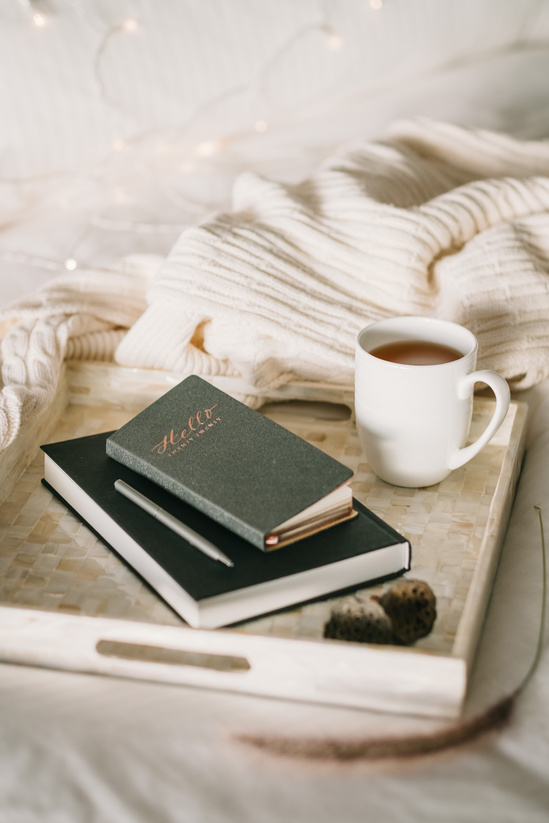
Virtual Events/ Gatherings
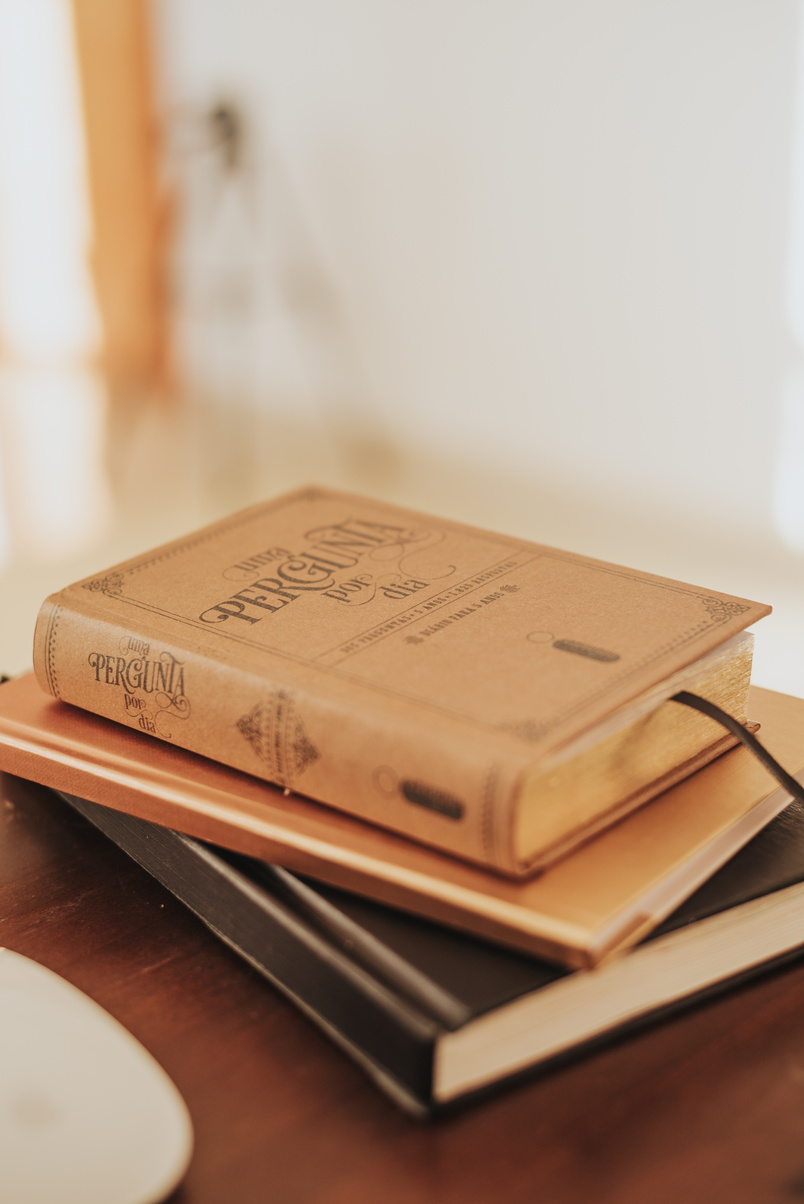
Integration with existing platforms
While not a solution in itself, we recognize the importance of complementing the existing book hubs (BookTok, BookTube, Goodreads, Libby, etc.)
Possible solutions to meet readers where they are to bring more diverse and personalized book recommendations.
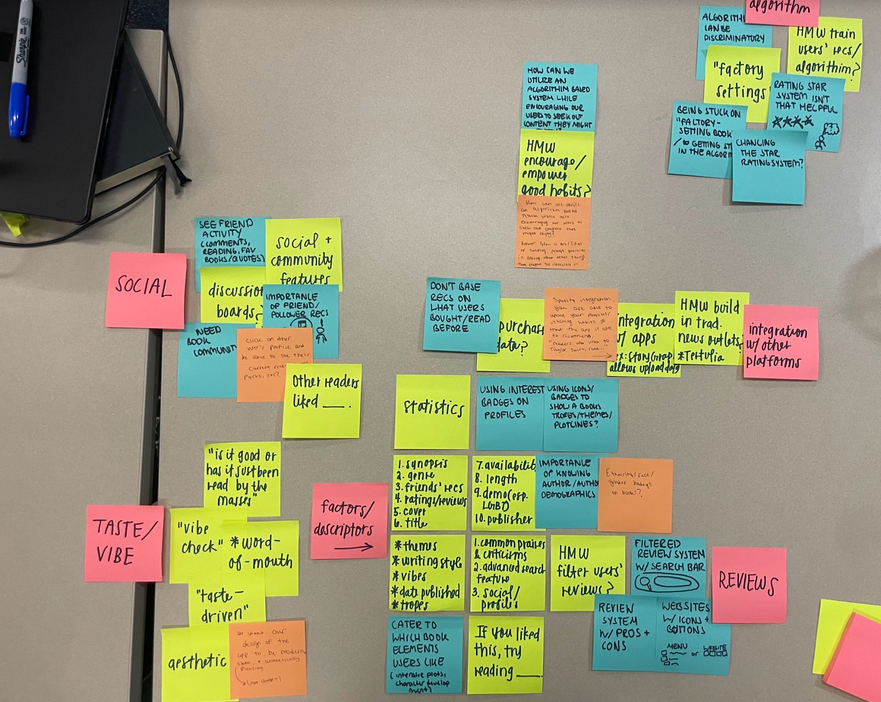
Distilling our competition analysis, analogous site visits, survey, and interviews into the most important things we want to address, on the pink post-it notes.
ABOUT US
Learning & Implementing
MOVING FROM ROAD-MAPPING TO BLOCK-BUILDING
In our competition analysis, we analyzed three major platforms in the book space, which included: GoodReads, Storygraph, and Amazon Kindle Store. When analyzing all of these platforms further, some things that immediately stood out to us is that mostly all of these platforms had an aesthetically outdated look to its platform, a poor personalized recommendation system, and weak community aspects to its platforms. These were all features that we felt were extremely important to us as we continue to imagine our mobile app.
Further, the interviews we had conducted also concurred with the same observations that we noted from our competition analysis, which was that readers felt that there was a missing personalized and intuitive experience in their book recommendation systems. For example, one interview explicitly expressed the want for a platform similar to Letterboxd; a community-based platform in which you are able to share your ratings of films you’ve watched with your friends. Another interviewee noted that their algorithm on Tiktok wasn’t sufficient enough to recommend good books, and often had to “train their algorithm” in order to get better results, and even then results were not always satisfactory.
Based on the information we gathered in this inspiration phase, we believe there is an unfulfilled need for an intuitive, taste-driven platform with a low barrier to entry, bringing diverse and personalized recommendations to readers of all levels. In order to tap into the preexisting communities on platforms such as TikTok and Goodreads, we want to prioritize the ability to integrate one’s data and share on their social media accounts.
In addition to this, we also found that readers, even those who are extremely plugged into book platforms, still seem to default to word-of-mouth recommendations from their friends, so it will be important for our product to include a vibrant community feature.
Our two most significant improvements on our competitors will be in how we characterize books and how users can move through reviews. We found that readers were interested in characteristics of books that are not often included: Though the genre or a synopsis are crucial in readers’ decisions to pick up a book, we also want to categorize books based on themes, tropes, and the demographics of the characters. Similarly, the average rating is not always the most informative element of a book’s reviews, especially when the audience for a certain genre might artificially inflate the ratings relative to a different genre. Therefore, these two concepts, characteristics of books and innovating the ways users can navigate book reviews, are both concepts we are excited to prototype and test out in the next phase of our project.
We felt very confident in our idea and its prospective design, when we encountered an app called Likewise that purported to serve the same niche: “a dating app for books.” Upon further investigation, we still feel like the community, discovery, and personalization features leave much to be desired. We’re excited to continue improving upon pre-existing platforms to better serve readers.
Journey Recap
ABOUT US
Final Recap
We are PlotPoint, a dating app for books. We have been working towards a final click demo for our app that would allow readers with every level of investment in their reading habits to find their place in an accessible and taste-driven literary community.
One of the main challenges we faced in our journey was finding out that a mobile app exists called Likewise, that already styles itself as a “book dating app.” On the app, you can get book, podcast, and film recommendations using the swiping method (left if not interested, right to save) that we wanted to use in our product. There is also a nascent community aspect to the platform, where you are able to write your own posts and join groups with other users on the app.
Finding the existence of this app was definitely surprising and, of course, frustrating. We decided that we wanted to experience Likewise ourselves, so we quickly created an account. We discovered after about five swipes that there didn’t seem to be a way to move past the same set of five or so books. You also aren't able to import any data from other major book platforms, such as Goodreads or Storygraph. These and other frustrations were echoed in user reviews left on the App Store.
Going through this experience with a close competitor started out as nerve-wracking but ended up feeling affirming. We wanted to build something intuitive and personal for the book community that fills a unique niche for readers from all backgrounds. Based on the overwhelming positive feedback we’ve gotten throughout the process and the learning opportunity that Likewise provided us, we still believe that PlotPoint will fulfill an as yet unmet need.
In the final days of the class, we will finish tweaking our final prototype. Moving forward, we would feel empowered pitching this product to investors based on our careful evaluation of the market and potential competitors. Though this scenario is unlikely, we will at least bring the skills of design thinking into future workplaces. As readers, we will also push ourselves to start the conversations that we want to be a part of by seeking out diverse perspectives and disrupting comfortable economies with our own recommendations and habits.
What we Found
Data from our Survey
ABOUT US
Reading Habits and Interests
FRIENDS & FAMILY
GOODREADS
TIKTOK
IN-STORE BOOKSELLERS
PRINT MEDIA
0%
25%
50%
75%
100%
I only read class materials
2%
I AM A PROFESSIONAL IN THE LITERARY
WORLD
6%
HOW MANY HOURS PER WEEK
DO YOU SPEND READING?
READING IS MY MAIN HOBBY
44%
18% SPEND 1 HOUR
I WANT TO START READING MORE
48%
21% SPEND 2 HOURS
25% SPEND 3 HOURS
13% SPEND 4 HOURS
23% SPEND 5 HOURS OR MORE
HOW DO YOU CHARACTERIZE
YOUR READING HABIT?
WHERE DO YOU CURRENTLY GET YOUR RECOMMENDATIONS?


